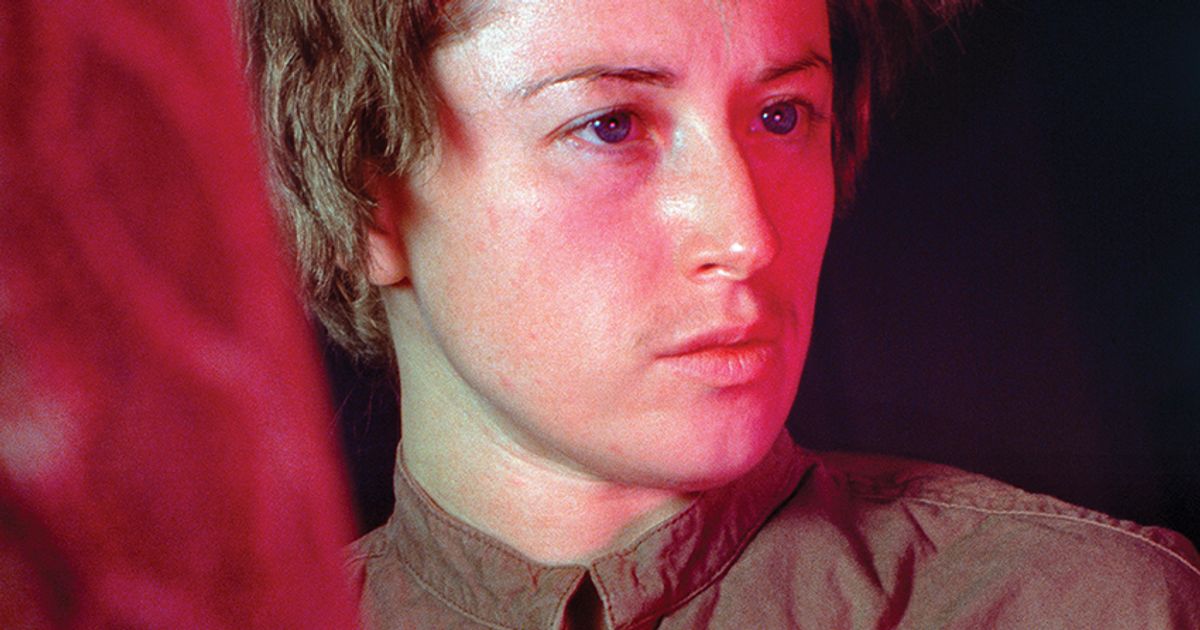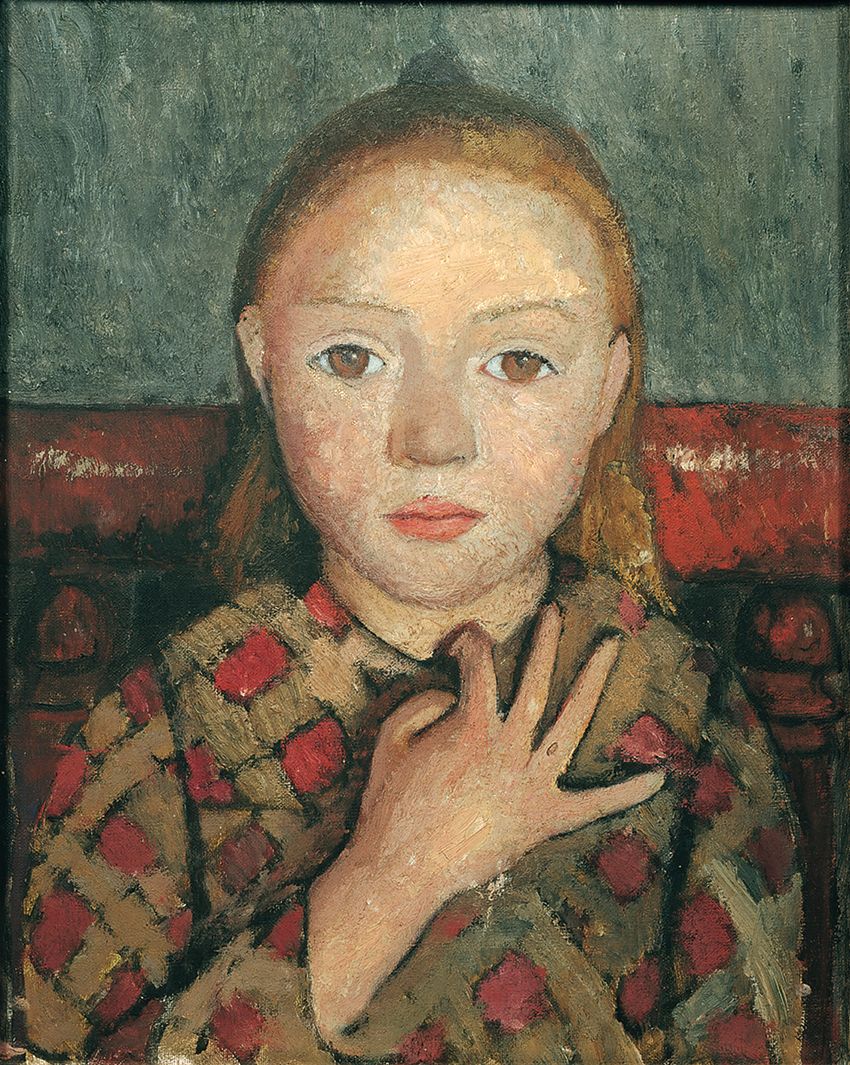
Delayed for a year by the pandemic, the Beyeler Foundation’s new exhibition of portraits and self-portraits has gained an unexpected resonance in the age of mandatory face masks, believes its curator, Theodora Vischer.
The show’s title, Close-Up, was chosen in part for brevity—it neatly side-steps the long list of names of the nine featured artists—but also because it speaks to a heightened awareness of our human tendency to read other faces. “We really became aware of how much portraiture [and] looking at portraits has to do with looking at the face, caring for a face, being close to someone,” says Vischer, the Beyeler’s chief curator. “That idea became very present [in the exhibition].”
Close-Up charts the evolution of portraiture from 1870 to the present through around 100 works by Berthe Morisot, Mary Cassatt, Paula Modersohn-Becker, Lotte Laserstein, Frida Kahlo, Alice Neel, Marlene Dumas, Cindy Sherman and Elizabeth Peyton. Though Vischer admits in her introduction to the exhibition catalogue that “the inclusion of male artists was equally conceivable”, she decided to focus her research on the rise of women artists during the modern period, when they finally had opportunities to study at academies and participate in public exhibitions in Europe and America.

The question of why women were still routinely omitted from the canon of Modern art—including the Beyeler’s founding collection, amassed by the dealer Ernst Beyeler—has “interested me for a long time”, Vischer says.
Curating a mixed-gender exhibition of Modern and contemporary portraits “would have been the same old story”, she thinks. “If I had included a work by Pablo Picasso, for example, people would immediately compare a Picasso Cubist painting with Paula Modersohn-Becker’s self-portrait of 1906.”
Still, Vischer hopes that Close-Up will yield new perspectives and comparisons between the nine chosen artists. While each has achieved recognition through solo exhibitions, their grouping here aims to shift the emphasis from individual life stories to the power of the artist’s gaze. In selecting works as diverse as Cassatt’s tender scenes of motherhood and Sherman’s grotesque photographic caricatures, Vischer says her starting point was simply: “Who is making excellent and challenging art, and who in their time took a new step in the history of portraiture?”
Laserstein’s 1928 painting In My Studio, for instance, depicts the 29-year-old artist as an androgynous New Woman in Weimar-era Berlin, absorbed at her easel. In the foreground is the figure of her reclining nude model captured in fine detail—a visual declaration of Laserstein’s skill in a genre that was for centuries reserved for men.
Flash forward to Marlene Dumas (the only artist in Close-Up whose work has previously been shown at the Beyeler, in 2015), “the first of this group of nine who no longer paints from the sitter” but works instead with found images, Vischer says. That includes The Painter, an unsettling 1994 canvas based on a photograph of her toddler daughter smeared in paint after playing in the garden. On canvas, Dumas turns the naked child into a ghostly and statuesque figure, at two metres high.
If a portrait encourages the viewer to identify with its subject, it is also a vehicle for the artist to explore the construction and flux of identity. Masked visitors at the Beyeler will come face-to-face with the masquerade of Kahlo, whose self-portraits have turned her into a global icon. “During her whole life, she was trying to figure out her identity through her self-portraits,” Vischer says. My Grandparents, My Parents, and I (Family Tree) (1936) is a testament to Kahlo’s mixed Mexican and European heritage, while My Dress Hangs There (1933) depicts her traditional Tehuana dress strung up empty between the de-humanising skyscrapers of New York City: a self-portrait without a face.
• Close-Up, Beyeler Foundation, until 2 january 2022
Source link : https://www.theartnewspaper.com/preview/portraits-by-women-unmasked-at-the-beyeler-foundation












